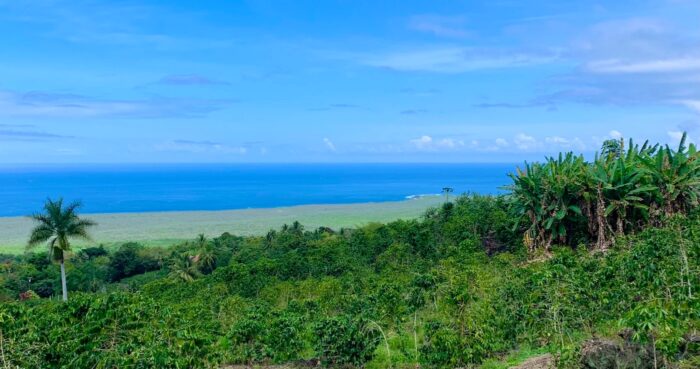Dubai – Qahwa World
In early October 2025, U.S. federal authorities uncovered one of the largest coffee fraud cases in recent history. Prosecutors charged 66-year-old businesswoman Patricia Johnson, from Kona, Hawaii, for her alleged involvement in selling massive quantities of counterfeit coffee marketed as “100% Kona.”
According to court documents published by Hawaii News Now on October 2, 2025, Johnson imported approximately 88 metric tons (about 194,000 pounds) of low-cost coffee from South America over more than a decade, repackaging and selling it in the United States as genuine “Kona Coffee.” The operation generated millions of dollars in illegal profits, deceiving consumers and damaging the reputation of authentic Kona growers.
Kona coffee is among the most distinguished varieties in the world, cultivated on the fertile slopes of Mauna Loa in Hawaii, where young volcanic soils and a tropical microclimate produce a rich, balanced, and subtly fruity cup. Its exclusivity and premium prices have long made it a target for counterfeiters seeking to capitalize on its global prestige. Over the years, the market saw a growing influx of products labeled as “Kona” being sold at unusually low prices, prompting suspicion and triggering a scientific investigation unlike any the coffee world had seen before.
Back in 2020, researchers from the University of Utah, led by Bitter and colleagues, published a groundbreaking study in Food Chemistry 320 demonstrating that roasted coffee beans retain a stable mineral fingerprint that reflects the geochemical makeup of the soil where they were grown. Using Inductively Coupled Plasma Mass Spectrometry (ICP-MS), the team measured 44 trace elements in roasted Arabica coffees from 21 countries, focusing not on absolute concentrations—which roasting can alter—but on elemental ratios such as Rb/Ni, Mn/Sr, and Ce/Yb. These ratios remain consistent even after roasting, serving as precise geochemical markers for verifying a coffee’s origin.
When U.S. investigators applied this scientific method to samples from the suspected Kona coffee, the results were conclusive: the mineral profile did not match the known geochemical signature of Kona’s young basaltic soils. Instead, it matched that of continental South American soils, confirming that the coffee was falsely labeled. The findings became the forensic cornerstone of the case, offering irrefutable proof that “the soil never lies.”
This case went far beyond a simple commercial dispute — it became a defining moment in how agricultural authenticity is protected worldwide. Experts say the integration of geochemical fingerprinting in food forensics represents a turning point for both science and trade. It not only exposed a decade-long fraud but also reinforced the principle of traceability through science, ensuring that terroir and truth can once again align in every cup.
The Kona scandal also highlighted how cutting-edge analytical chemistry can serve as a guardian of transparency and fairness. For producers, it protects geographical indications and guarantees fair recognition for genuine coffee growers. For scientists, it validates the power of multi-element and isotopic analysis in authenticating food origins. And for consumers, it restores confidence that when they buy coffee labeled as Kona, Yirgacheffe, or Tarrazú, they are tasting the true essence of that land.
The Kona Coffee Fraud proved that while marketing can deceive, the soil cannot. Through science, justice, and data, geochemistry has given authenticity its voice back — one that speaks, quite literally, from the ground beneath the roots.
The post The Kona Coffee Fraud: When Geochemistry Exposed the Truth and Restored Authenticity appeared first on Qahwa World.




